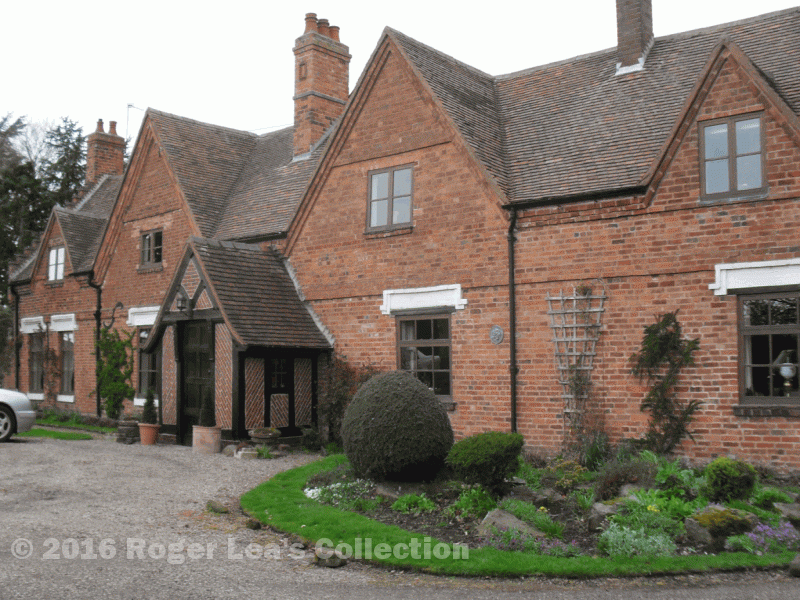The manorial court of Sutton Coldfield dealt with succession to property. At the 1416 court, for example, Thomas Mason came into court and was approved as the inheritor of a selion or strip of land in Sutton Open Field, but in order to own it he had to pay into the court a fee of eightpence which was due to the lord of the manor - this was his entry fine, and the lord would be due an annual rent of eightpence thereafter.
Rents had been confirmed by the Earl of Warwick’s supervisor in 1400, and remained constant. The manor of Sutton was worth nearly £50 per annum in 1480, of which about £26 was rent paid by the tenants. Sutton was forfeited to the Crown in 1480, and in 1528 the King granted a charter making Sutton a self-governing town. The manorial court continued to function after 1528, and still dealt with succession to property. In 1552 “Thomas Hurste who held freely from the Warden and Society (the lords there by charter) a messuage and diverse lands and tenements in Warmeley, for an annual rent paid to the lord there of 3s. 10d., with suit of court and what other services they know not, has died since the last court, And that George Hurst is the son and next heir of the said Thomas to the premises and is of age and he owes the lord as a relief the whole annual rent aforesaid viz 3s. 10d., to the value of which the Bailiff is ordered to distrain him, And the said George being present in court made his oath of fealty to the lords for the premises.”
When Henry VIII granted the charter, he was not giving up his income - the Warden and Society had to pay £52 a year to the crown until the middle of the nineteenth century. This £52 was known as the fee farm, and the 3s. 10d. paid by George Hurst was a fee farm rent. The fee farm rents (also known as chief rents) had been set in 1400, and still in 1528 reflected the true value of the property, as prices had remained constant for over a hundred years. Prices increased dramatically for the rest of the 1500s, and the chief rents no longer reflected the real value of the property. Emmanuel College, Cambridge, acquired property in Sutton which was producing a rental income of £40 per annum in the 1620s, while the chief rent was only 19s.4d. per annum.
